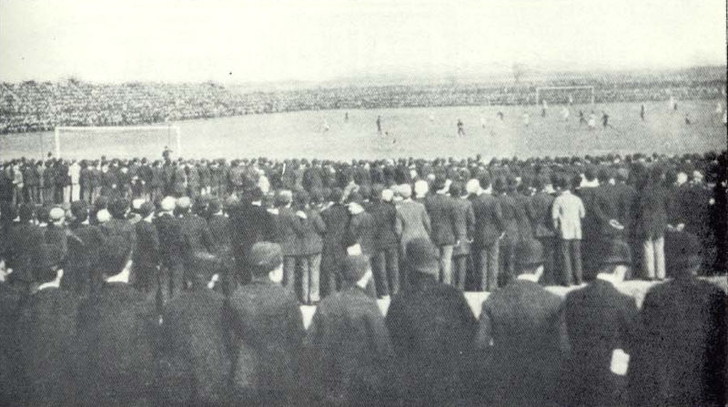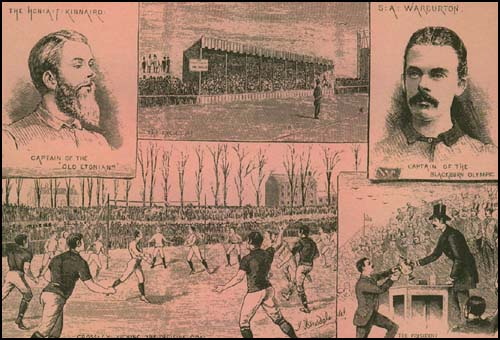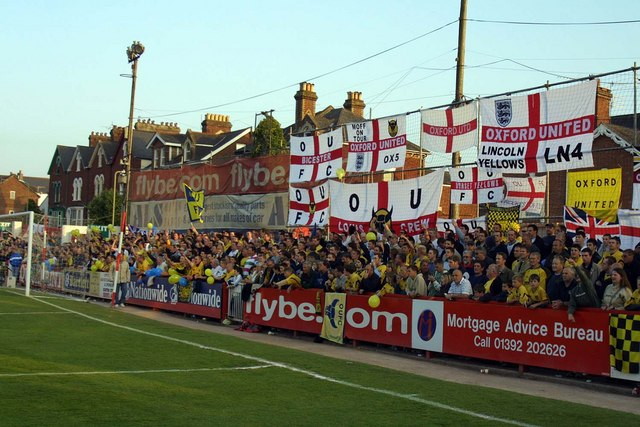In the world of football, a team’s stadium holds a significant place, becoming part of the club’s history and contributing to the game’s atmosphere. From iconic venues like Old Trafford, Anfield, and Goodison Park, to the impact of passionate fans on a tight match, stadiums play a crucial role in the sport. But have you ever wondered how it all started? When was the first football stadium stand introduced, and how did they evolve over the years? Let’s delve into the fascinating history of football stadiums and find out.
Bạn đang xem: The Evolution of Football Stadiums
Football Before Terraces and Stands
Football, as we know it today, emerged from rugby, with different groups creating their own rules for the game. In 1863, the Football Association established the “Rules Of The Game.” Back then, the concept of grand stands, expansive terraces, or even a director’s box had no place in the sport. So, where did people sit, shout abuses at referees, and cheer for their teams?
In the early days, football matches were played on fields with a railing to separate the spectators from the players. If players were lucky, there might have been a tent in one corner for their use. As for the supporters, wooden benches were sometimes placed around the edge of the pitch. However, most teams only leased fields on a short-term basis for matches, while important meetings were often held in pubs. In fact, many football clubs, including the Football Association itself, were initially established in public houses.
The First ‘Stadiums’
Unsurprisingly, the idea of the first stand in football is somewhat misleading. Initially, teams would “borrow” stadiums and grounds from other popular sports. For example, from 1872 to 1892, the FA Cup final took place at the Oval Cricket Ground in London. The only exception was in 1873 when the final was held at Lilli Bridge, an athletics and cricket ground. As the popularity of the FA Cup grew, so did the crowds, increasing from 2000 to approximately 25,000 during the ten years it was held at the Oval. In 1893, the final was hosted at Fallowfield athletics ground in Manchester, attracting a staggering 45,000 spectators. It was then that clubs realized they needed their own homes.
The First Stadium Stands
The development of home grounds for clubs was made possible by their transformation into limited companies. With this change, clubs could sell shares and raise enough capital to build their own stadiums. Combined with mass production materials like concrete and steel, the dream of having purpose-built football stadiums gradually became a reality.
Everton’s story is a prime example. They played their matches at Anfield before leaving due to a rent dispute, paving the way for the creation of their successful neighbor, Liverpool. However, it is Goodison Park that holds the title of England’s first purpose-built football stadium. Initially, Anfield was just an enclosed field owned by a friend of Everton’s chairman. As the game gained popularity, the club started charging spectators to watch matches there and eventually built a stand in 1884. This could be considered the first purpose-built stand in football history.
The First Terraces
Before the construction of the stand at Anfield or the three-sided Goodison Park stadium, terraces played a significant role. These open sections of land allowed spectators to get a raised view of the game and were immensely popular in the early stages of the sport. However, calling them the sport’s “first stands” would be misleading. In most cases, these terraces were merely earthen banks, sometimes built up with rubble or old railway sleepers. They provided supporters with a solid surface to sit or stand on during matches.
In conclusion, determining the exact “first” stand in football is not a simple task. The majority of football stadiums evolved from venues used for other sports like cricket or athletics. They grew in size and significance as football gained popularity. The journey from makeshift fields to purpose-built stadiums is a testament to the passion and dedication of football fans throughout history.
FAQs
-
When was the first football stadium stand introduced?
The first purpose-built stand for football matches is believed to have been constructed in 1884 at Anfield, home to Everton at the time. -
Which stadium is considered England’s first purpose-built football stadium?
Goodison Park, built by Everton, is recognized as England’s first purpose-built football stadium. -
What were the early football stadiums like?
Early football stadiums were often borrowed from other sports, such as cricket or athletics. They gradually evolved into purpose-built venues as clubs gained more financial stability. -
Were terraces considered the first stands in football?
While terraces provided raised views of the game, they were not technically stands. They were built up with earth, rubble, or old railway sleepers and were popular in the early days of the sport. -
How did football stadiums evolve over the years?
As football grew in popularity, clubs transformed into limited companies, allowing them to raise funds and build their own stadiums. Mass production of materials like concrete and steel further facilitated stadium development.
Football stadiums have come a long way since their humble beginnings. From borrowed grounds to purpose-built stadiums, clubs have strived to create a home for their teams and fans. The evolution of football stadiums reflects the growth of the sport and the unwavering dedication of its supporters. Today, these iconic venues continue to inspire and create memorable experiences for football enthusiasts worldwide.
To learn more about football and stay updated with the latest news, visit Movin993, the ultimate destination for all things football-related.
Nguồn: https://movin993.com
Danh mục: Tin tức







